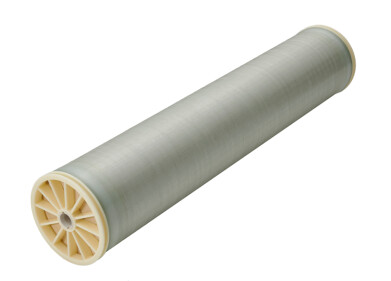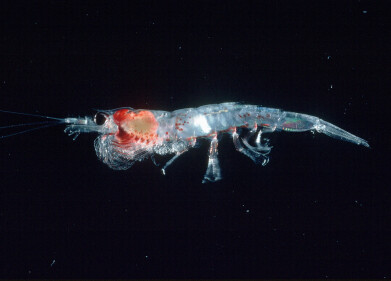Water/Wastewater
18-Year-Old Texan Student Comes Up with $20 Water Purifier
Sep 14 2015
A teenager from Houston, Texas has come up with a novel way to deal with the mounting problem of toxic waste as a result of consumer electronics in countries across Asia.
His innovative water purifier, which is capable of removing 99% of heavy metals and associated e-waste from a sample, is cost-effective to manufacture, setting back its creator an estimated $20 (around £13) for each unit. Furthermore, it’s reusable, reducing expense and unwanted waste produce from the technology.
The Problem
The proliferation of consumer electronics, including Smartphones, tablets and computers, has led to an incredible amount of waste in Asian countries such as India, China and Malaysia. Although there does exist a multitude of recycling factories in these countries who harvest electronic waste from across the globe, they produce much unwanted chemicals and heavy metals in the process.
How to prevent such undesirable elements from entering local water supplies has long been an area of concern. Existing methods such as boiling, distillation, chlorination and sophisticated filtration techniques are often time-consuming, costly and reliant on other pollutants such as fossil fuels.
The Solution…?
Perry Alagappan, a Texan resident of Indian descent, gained inspiration to pioneer new forms of water filtration when he visited his grandmother in India and was shocked at the extent of the problem in that country.
He then noted the success of Manchester University duo Konstantin Novoselov and Andre Geim, who scooped the Nobel Prize in 2010 for their work on graphene nanotubes. Five years on, Alagappan has used the same technology to develop his own heavy metal filter.
As well as removing the vast majority of pollutants from a sample, the graphene nanotube-filter can also be rinsed with a vinegar concentrate and then reused multiple times. The pure metal deposit which is left over after evaporation can then be utilised in a variety of applications. For his efforts, Alagappan was awarded a prize of his own – he picked up the Stockholm Junior Water Prize at the World Water Week at the end of August.
A Generous Solution
Perhaps most impressively of all, Alagappan has chosen not to exploit his discovery for the riches that he potentially could. Instead of patenting his solution and thus extracting a hefty price for it, he will keep it open-source to ensure it is available in areas where it is most needed.
“The interest is more for science’s sake,” said Alagappan, speaking at the Swedish awards ceremony. “It needs to be available to everyone, rather than locked up. If you keep ideas that could unlock a lot of potential then you block progress. It’s when people from a lot of countries come together that you can move forward.”
Although such a filter would obviously be most useful in developing countries where clean drinking water is hard to come by, its usefulness in both creating potable water and in treating contaminated fluids could revolutionise the way we approach wastewater treatment methods. If successful, it could even supplant current contaminated water treatment methods.
Regardless, Alagappan’s invention shows great progress in water filtration techniques and reinforces our faith in humanity – in a time when people appear to becoming increasingly concerned about economy and finance, one 18-year-old has prioritised scientific innovation ahead of a quick buck.
Events
Carrefour des Gestions Locales de L'eau
Jan 22 2025 Rennes, France
Jan 29 2025 Tokyo, Japan
Feb 05 2025 Nantes, France
Feb 16 2025 Kampala, Uganda
Feb 26 2025 Chennai, India




-as-feedstock.jpg)





